XML
Blue Integrator and XML
Integration with XML data is one of the most common forms of modern integration. Blue Integrator manages XML data from scratch
Blue Integrator – integration with XML
Often the exchange takes place in the form of files but with different calls, for example, web services or sql servers can use the format. In the options on the right, you can read more about, and see examples of, how integration with XML is managed with Blue Integrator.
The basics of XML and XSLT
Extensible Stylesheet Language Transformations (XSLT) is a language for converting XML documents to other XML documents, or other formats such as HTML for web pages, plain text or XSL-FO. Which in turn can then be converted into other formats, such as PDF, Postscript and PNG. In short, XML can bear data in a structured manner, and XSLT is the code that validates and can transform data. The so-called XSLT schema is used to describe XML message by structure, data type or data that is forced or selectable to include. You can also specify which values are accepted.

